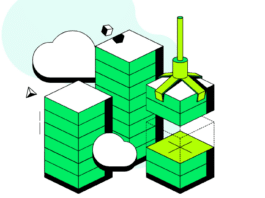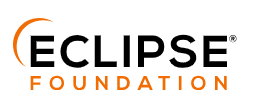Loft Labs, a venture-backed startup working on developer tooling and platform technology for Kubernetes, today announced that the popular open source vcluster software is now available to spin up virtual clusters with k0s, the lightweight, certified Kubernetes distribution backed by Mirantis that works on any infrastructure: bare-metal, on-premise, edge, IoT, public and private clouds. k0s is based on the upstream Kubernetes.
Following the announcement earlier this month that vcluster is now able to run upstream Kubernetes, vcluster now expands support for k0s in response to requests from the user community. Already available on k3s, vcluster now offers more options that give users choice to meet their requirements.
“Typically, software engineers spin up k0s on their own machine for development and testing,” said Lukas Gentele, CEO and co-founder of Loft Labs. “Now, instead of using k0s on their laptop, developers can start a vcluster with k0s running on an EKS cluster in AWS. That means developers can now take advantage of other AWS services much easier than with a localhost cluster. And it takes just a few seconds to spin up.”
“Our mission with k0s has always been to create the most powerful, un-opinionated and lightweight Kubernetes distribution on this planet for the entire cloud native ecosystem to build on,” said Miska Kaipiainen, vice president of engineering, Mirantis. “Having vcluster support for k0s is aligned with our mission and will boost productivity for developers and operations teams since they can now run virtual Kubernetes clusters more similar to those used in conventional staging and production environments.”
First launched in April 2021, vcluster is used to create lightweight Kubernetes clusters that run inside the namespaces of underlying Kubernetes clusters. Using virtual clusters solves the majority of multi-tenancy issues of Kubernetes because they offer:
- Better isolation than simple namespace-based multi-tenancy;
- Reduced cloud computing cost because virtual clusters are much more lightweight and resource-efficient than spinning up separate single-tenant clusters;
- Logical separation and encapsulation of application workloads from the underlying cluster’s shared infrastructure workloads (such as shared ingress controller or network plug-ins).
At the same time, virtual cluster users can expect that their virtual cluster behaves just like any regular Kubernetes cluster because vcluster is a certified Kubernetes distribution, which means that it passes all conformance tests that CNCF requires. Virtual clusters are often used as development environments when engineers are building, testing and debugging cloud-native software, but they are also frequently used as ephemeral environments for executing continuous integration/continuous delivery (CI/CD) pipelines.




